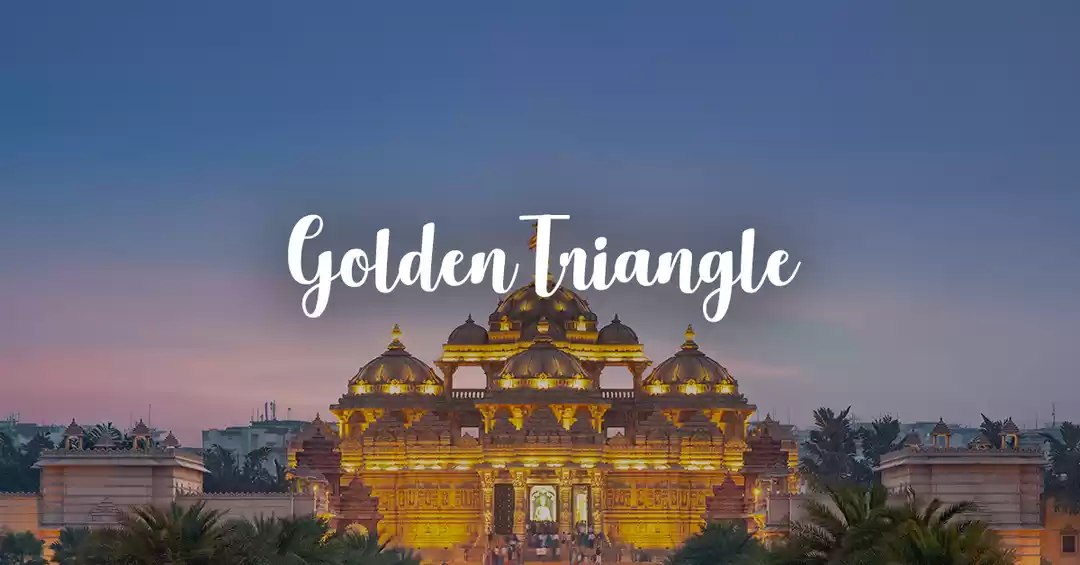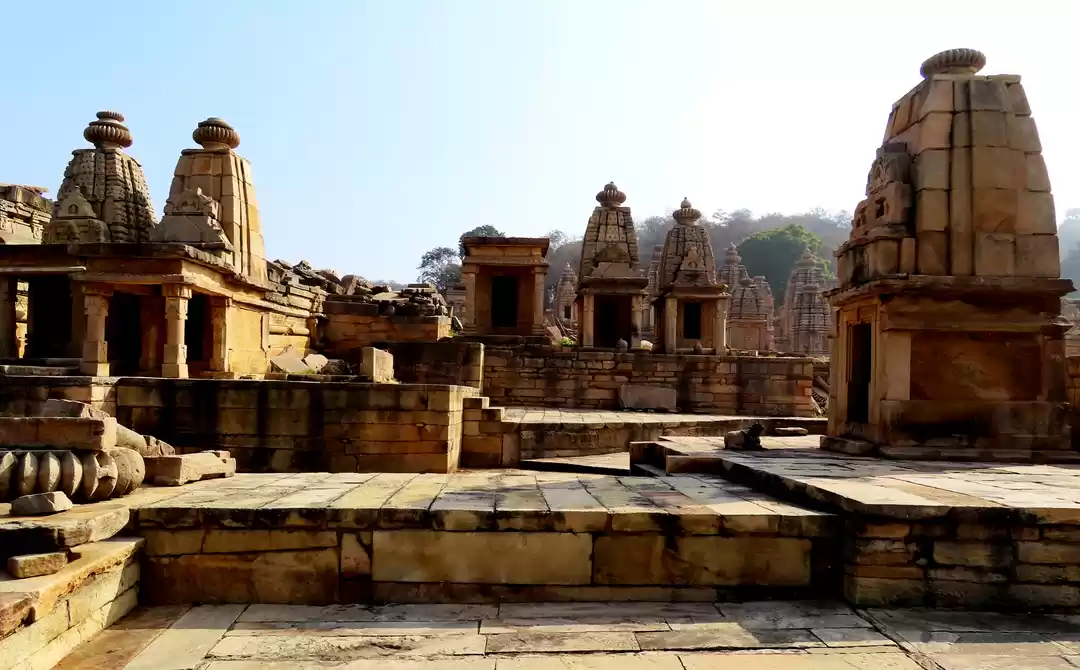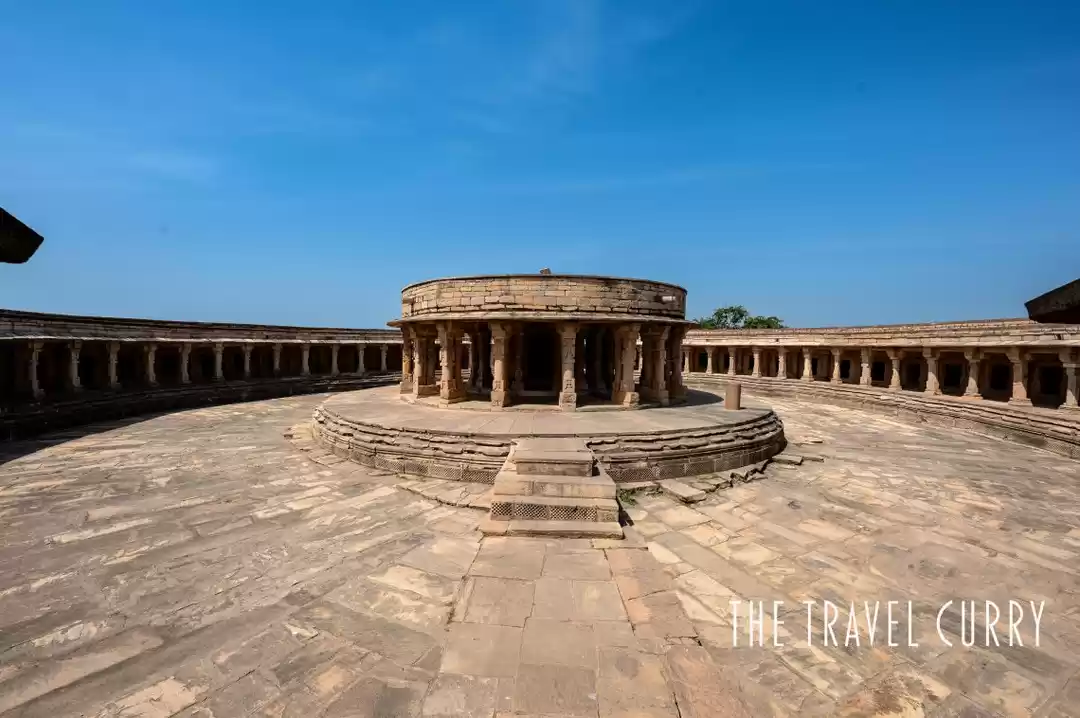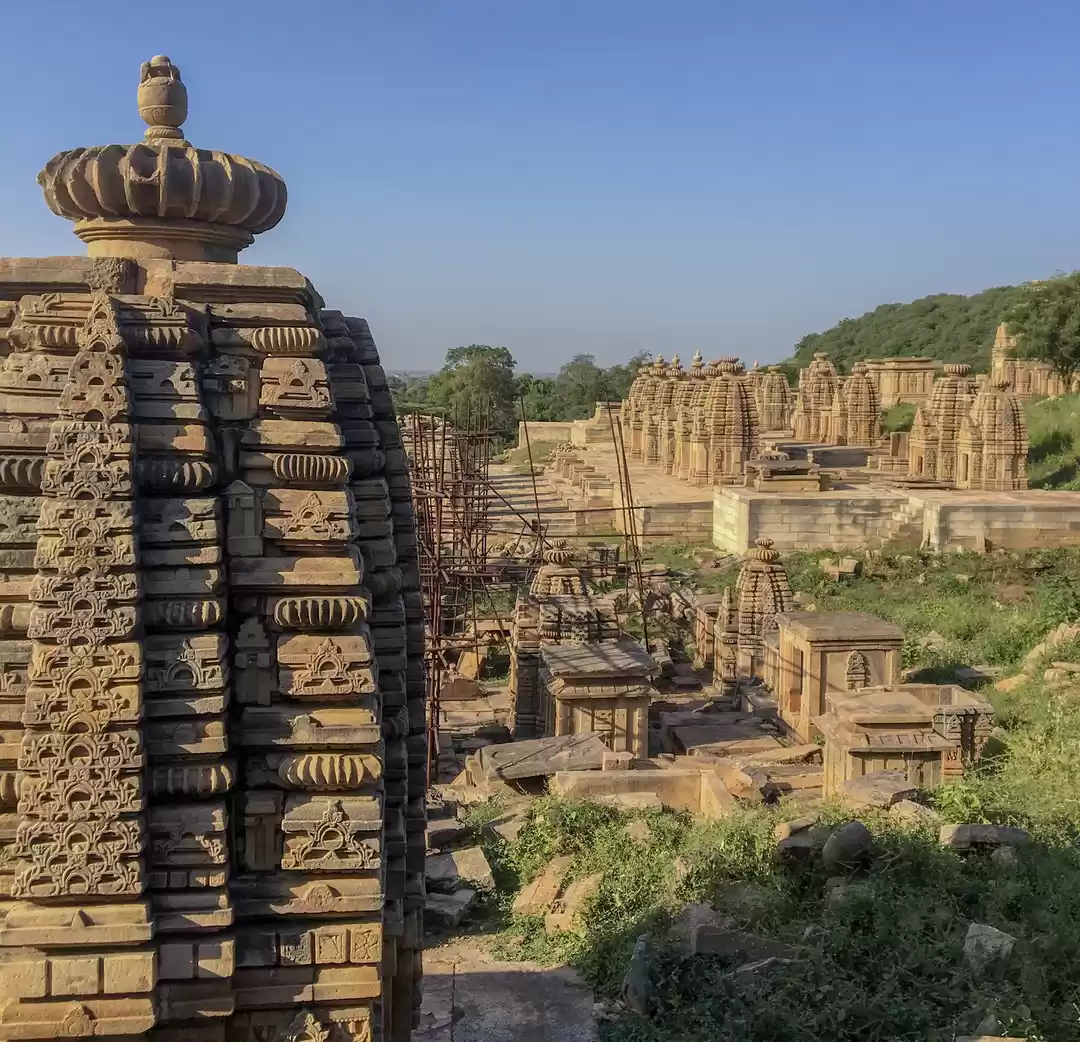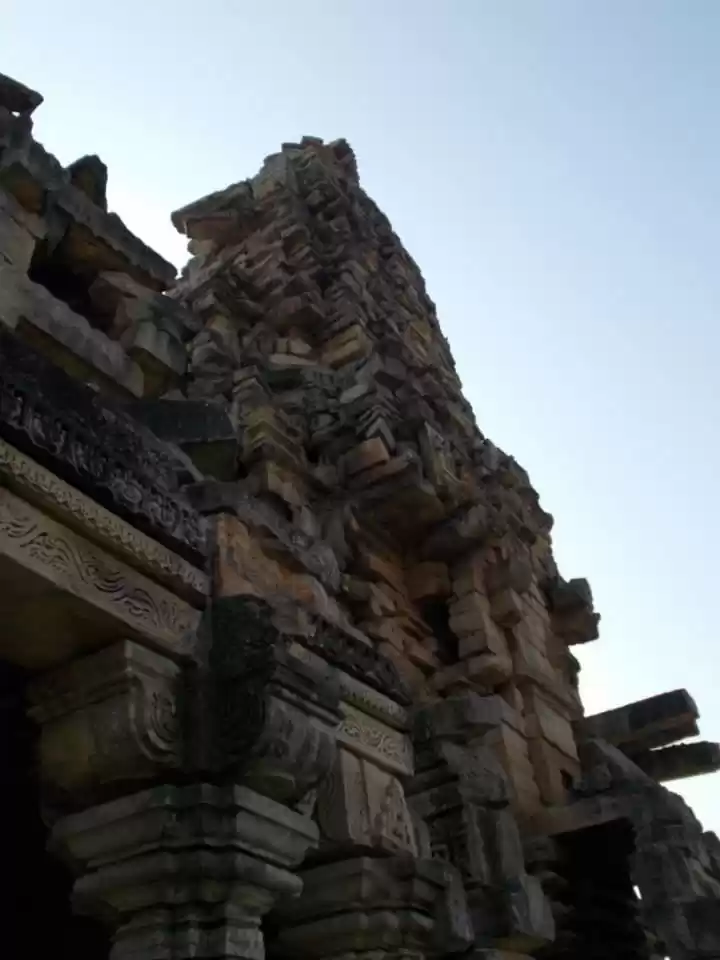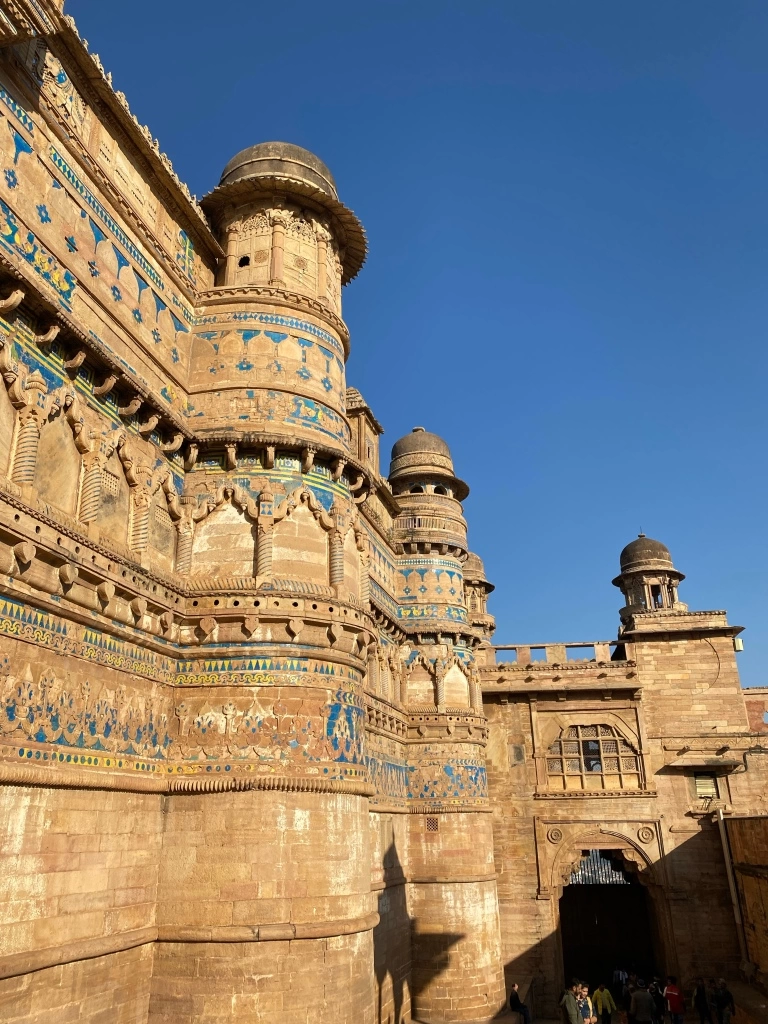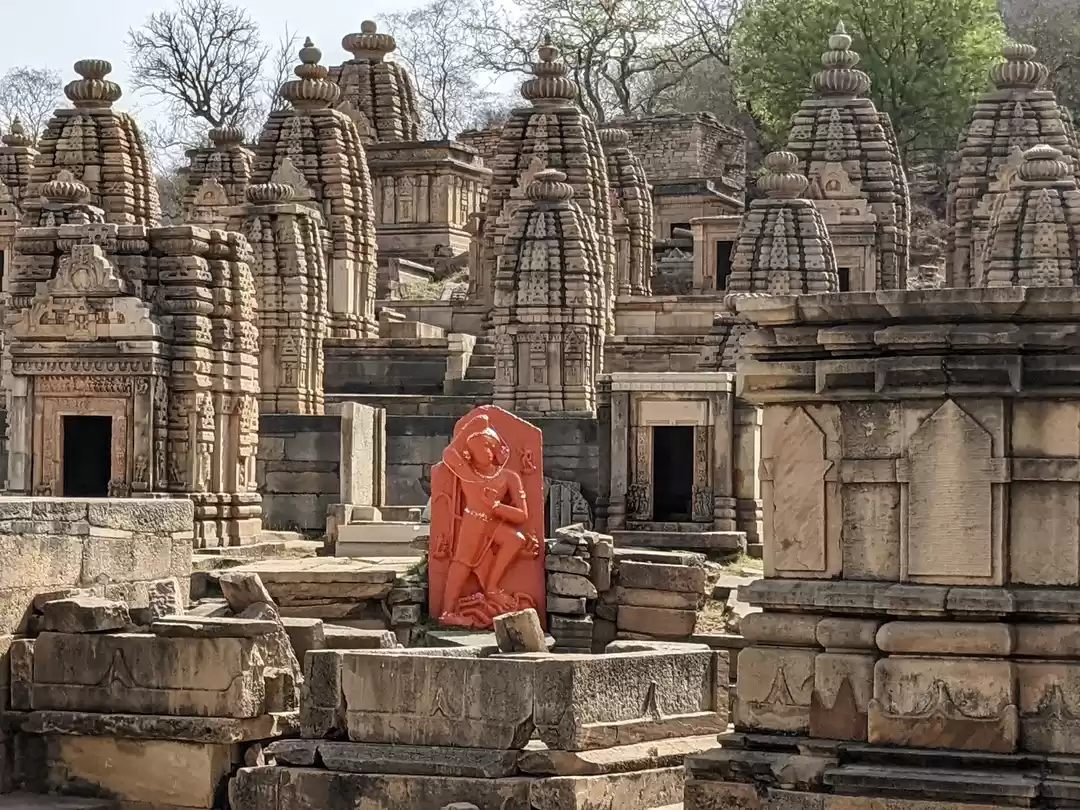
A number of people suggested us against taking the bus. They told us that it’s not safe. But here we are, low on budget, not sure if we should boycott the bus and just take the cab. We are in Gwalior today. After exploring the entire day on foot, we are absolutely tired. We have zero strength to figure out about the hows and whats of going to the nearby villages. So we decide to retire to bed instead.
The next morning, the sun gives us an impression that summers are already here. The end of January got chilly winds to give us company. But the sun is shining so bright that we are almost roasting. After a lot of trial and error, we finally managed to get a cab and decide to spend a lot more than we had thought. And this is how our odyssey to nearby villages starts.
As we start heading towards the west side of Gwalior, for the next one and a half hours we cross multitudes of mustard fields, one after the after. Madhya Pradesh is one of the largest mustard producing states in India and the beauty that enchants the landscape during winter has no replacement. Everywhere around me is glittering, bright yellow. Sometimes, I get down to click some picturesque shots. But the struggle is real- my shoes are getting stuck to the muddy soil underneath and all I can do is use the grass to remove the mud and escape the scene. After having a couple of Yash Raj moments for a while, we hopped into the car to continue our journey forward.

Suddenly, the lush green and yellow fields transform into a rocky architectural spread that radiates a time from the past. And here we are, we finally reach our first destination, Bateshwar. I move out of the car and start walking. With every step, I time-travel into an era that’s filled with mystery and a charm of the past. In the middle of nowhere, I see a congregation of 200 temples sparkling under the sun, with ruins scattered here and there. These mini grandeurs are mostly devoted to Lords Shiva and Vishnu. The hills of Padavali surrounding the site gives it a different kind of vibe altogether. They say that the temples were built way back in the 8th century. The reason behind the destruction is not yet confirmed- some say that it was due to the Mughal invasion and others day that it got destroyed due to floods. But nonetheless, this place is a must visit. While excavating one beauty and the other, we also come across a farmer who was trying to feed one of his goats. Post which, at least 20 to 30 other goats started following him down the rocks, out of nowhere. I also come to know that this place once belonged to the Chambal region, which was once ruled by the dacoits.

As we move out of the temple, we realise that indeed it was a good decision to book a cab as there were absolutely no buses, or no sight of vehicles. We hop into our car and continue our journey to explore the rest of the places. Soon, after roughly five minutes or so, our car halts by Padavali. Now, I see a relatively more number of people, mostly families clicking a picture or two around the monument. Unlike the Bateshwar group of temples, the Padavali fortress is apparently new. It was built only in the 18th century by the rulers of Dhaulpur. Honestly, after our odyssey at Bateshwar, Padavali didn’t quite fascinate me, but nonetheless it’s beautiful. What caught my attention is the entry gate that exhales an enchanting aura through its intricate designs and inscription.

As soon as we leave, we locate a kirana shop that’s thankfully selling the kind of snacks we have been craving for since morning! We get some chips, water, cookies and some chocolates so that we can ignore our hunger for lunch. The next few minutes, I playfully laugh with the dogs and feed them biscuits and cookies. Time to head to our next destination now!
The next place turns out to be the monument that I have been really wanting to visit for really long- it’s the Chausath Yogini temple in Mitawali. Apparently, the unique circular shape of this temple has inspired the design of India’s own Parliament House.


Although there is no historical proof of the same, but you’d be able to compare both the designs once you see this temple for real. Once you reach Mitawali, you need to walk uphill for five to ten minutes to reach the entry gate of the Chausath Yogini temple. Surprisingly, it’s one of the few temples where the deity is worshipped. Yogini, in Tantra refers to the different manifestations of Goddess Durga. It even refers to a practitioner of Yoga. The main shrine in the middle of the outer circle is dedicated to the Yogini. On the other hand, the outer circle has 64 subsidiary shrines of Lord Shiva. As I walk around the temple, I also realise that some of these Shivlingas do not exist. Being a curious person since birth, I even walked to the backside of the temple to witness the beautiful stretch of fields shining amidst the surrounding hills.
The last destination for today is the Kakanmath temple. It took us nearly one hour to reach Kakanmath from Mitawali- with miles and miles of mustard fields giving us company for the entire stretch. Like every other temple, the Kakanmath temple is dedicated to Lord Shiva. The construction of the magnificent beauty dates back to early 12th century AD. Apparently, this temple was surrounded by many subsidiary shrines when it was built.


Now you can only see the main temple that has a typical pyramid like shape with a pillared corridor surrounding the central sanctum sanctorum. What’s peculiar is that if you stare at the temple from far, it gives an impression as if the entire structure will fall. But as you head closer, you will realise that it’s extremely sturdy and majestic. Every hook and corner of the temple is adorned with flawless Hindu inscriptions and beautiful carvings. You will even notice some statues which have now been destroyed—they say that most of these carvings and statues were destroyed by Iltutmish and Aibak in the 13th century. Nonetheless, what remains are some bits and pieces of a history that will retain our curiosity even after hundreds of years.
The Kakanmath temple also marks the end of the day, with our driver informing us how it is getting late and hence a little unsafe to stay there beyond 5 p.m. No sooner than he mentioned, we hopped into the car and progressed our journey back to Gwalior. If you’re ever visiting Gwalior, make sure to take back this piece of history that you’ll always cherish having explored.





